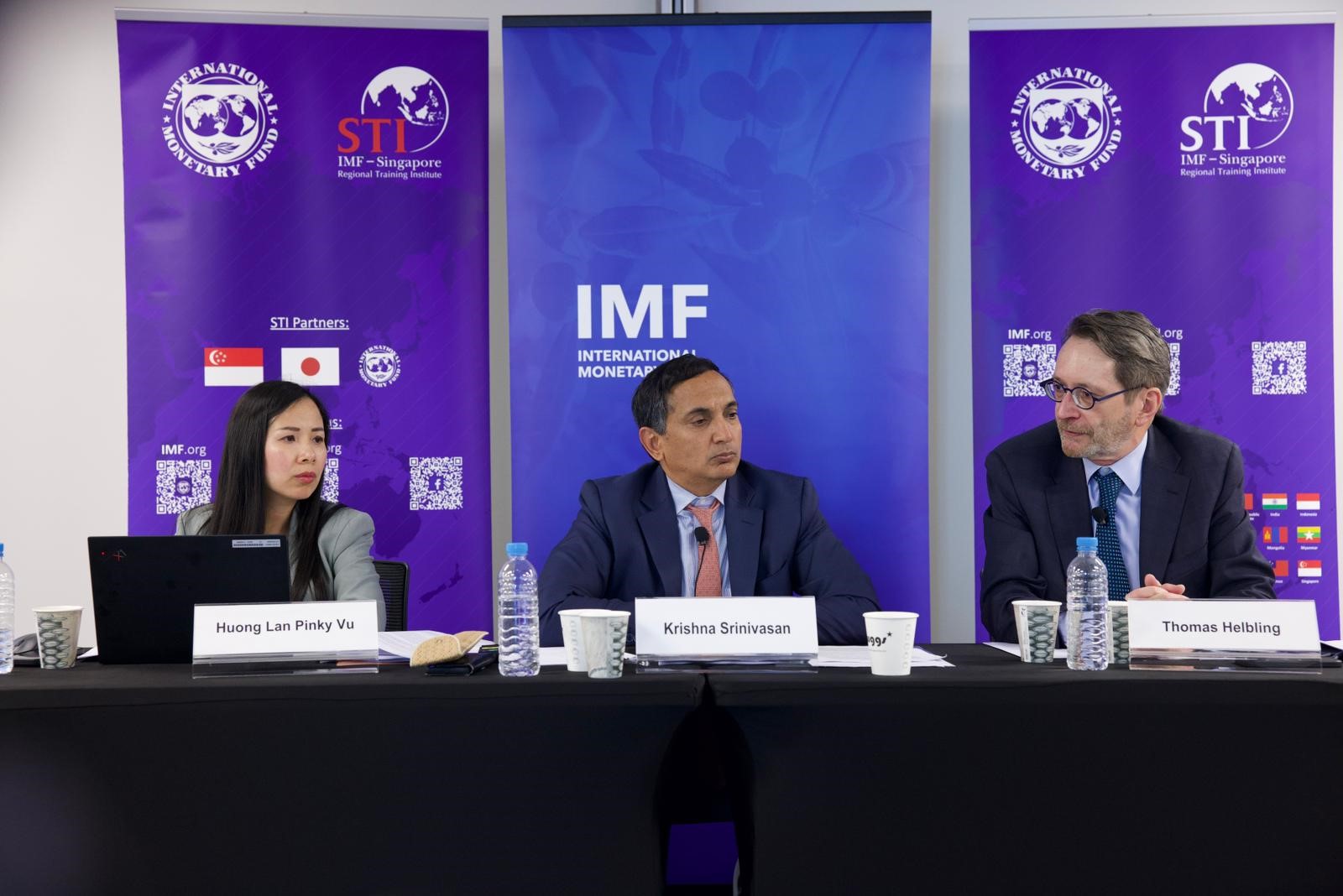
The International Monetary Fund has raised its growth forecast for Asia-Pacific this year to 4.5 percent, largely based on improved outlooks for China and India.
“The Asia-Pacific region is marked by both resilient growth and rapid disinflation,” said IMF Asia and Pacific Department Director Krishna Srinivasan at a news conference launching the latest Regional Economic Outlook report in Singapore on April 30.
The region’s projected growth is 0.3 percentage points higher than the IMF’s previous forecast last October but will slow from 5 percent in 2023, IMF Asia and Pacific Department Director Krishna Srinivasan said, noting that the region remains inherently dynamic and accounts for about 60 percent of global growth
The region’s projected growth is 0.3 percentage points higher than the IMF’s previous forecast last October but will slow from 5 percent in 2023, Srinivasan said, noting that the region remains inherently dynamic and accounts for about 60 percent of global growth.
The growth forecast for 2025 remains unchanged at 4.3 percent.
The revision reflects upgrades for China, based on support from policy stimulus, and India, where public investment is boosting advances as the world’s fastest-growing major economy, according to Srinivasan.
ALSO READ: IMF: Asian central banks in good position to move independently of Fed
IMF Asia and Pacific Department Deputy Director Thomas Helbling said China’s attempt to promote innovation through new quality productive forces is a good policy and helps improve growth prospects.
“Clearly, digitalization, the green transition and the green economy offer opportunities for new innovations that also benefit the rest of the world,” said Helbling, adding that China will also benefit from other structural reforms besides innovation.
He added that it is important to see the role of the market in allocating resources and rebalance of the economy.
Resilient domestic consumption will continue to support the growth for India and most economies in the Association of Southeast Asian Nations (ASEAN).
ALSO READ: IMF chief warns of risks despite positive global growth outlook
The IMF also said risks to the near-term outlook are now broadly balanced because global disinflation and the prospect of monetary easing have increased the likelihood of a soft landing.
While stronger-than-expected growth in Europe and the United States presents upside risk for Asia’s exporters, increased geoeconomic fragmentation and geopolitical tensions continue to pose serious downside risks to medium-term growth in the Asia-Pacific.
Disinflation in the Asia-Pacific has been uneven. Advanced economies like New Zealand, Australia, and South Korea saw inflation above target due to persistent services inflation but consumer prices have fallen in countries like Thailand and China.
Srinivasan said he expects space for lowering interest rates to emerge later in the year in economies where core inflation is at or close to target.
READ MORE: IMF, World Bank cite significant progress in debt restructuring cases
In terms of the Japanese yen — which weakened to a new 34-year low, falling below 160 yen per US dollar on April 29 — Srinivasan said the yen has depreciated quite significantly against the US dollar this year, by about 11 percent since January.
“This, to a large extent, reflects the interest rate differentials (between Japan and the US),” said Srinivasan, noting that it is necessary to see what are the other relative contributing factors before making any currency intervention.


